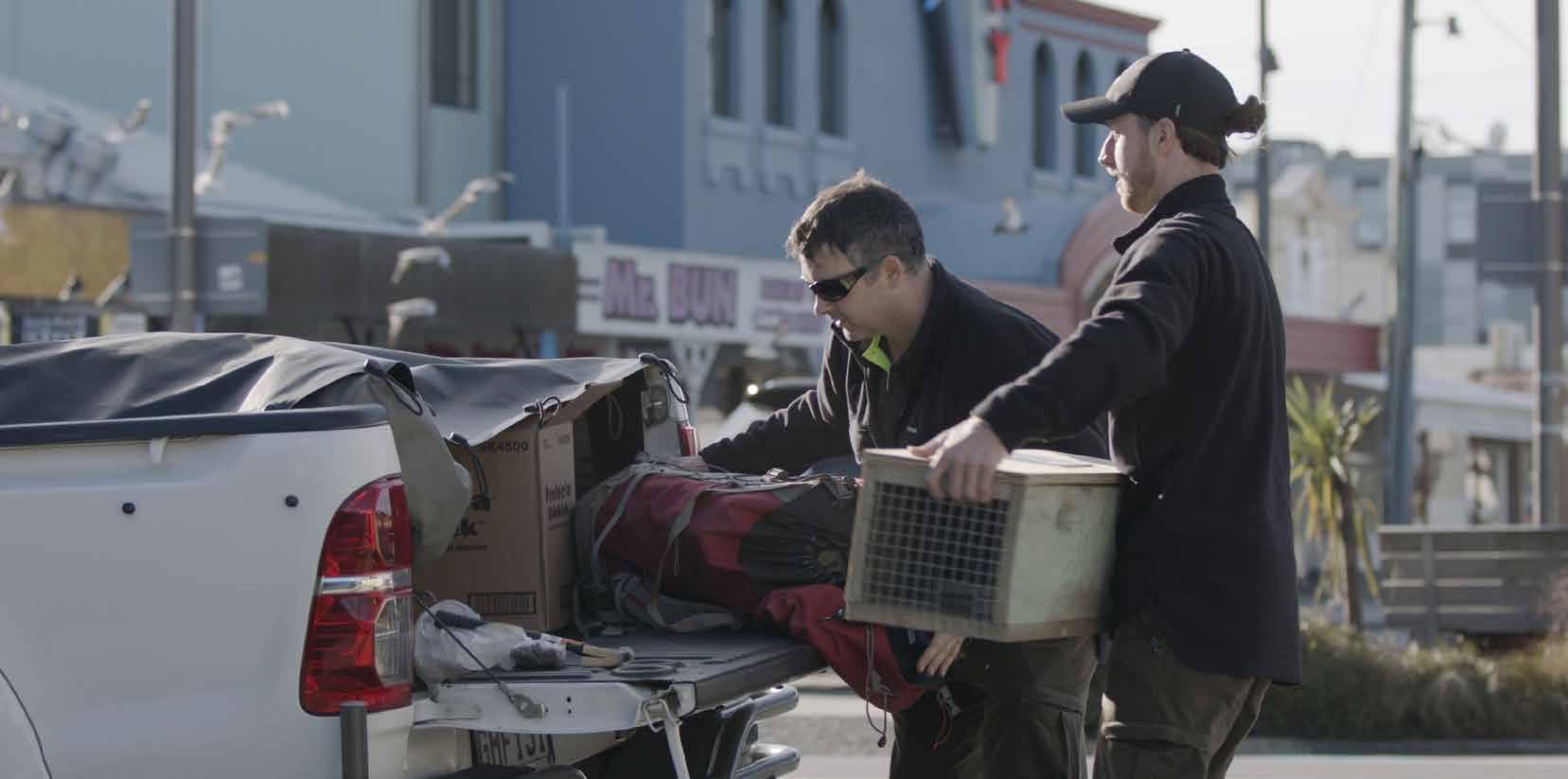
2 minute read
Looking ahead
Urban Trappers, Predator Free Wellington. Photo by Peter Young.
How we calculate co-funding
Advertisement
Co-funding is calculated over the forecast life of large landscape projects. Each project’s forecast budget is fully costed and includes financial and monetised in-kind contributions. Volunteer and pro bono contributions are costed at market value, subject to a reasonableness test7. A co-funding ratio is determined by applying the following two-step calculation: 1. Project budget less Department of Conservation funding, less Company funding = eligible third-party funding 2. Co-funding ratio = eligible thirdparty funding/Company funding For the purposes of calculating the co-funding ratio, funding (in cash and monetised in-kind) from the Department of Conservation is excluded. The ratio is therefore calculated by subtracting any public service entity contribution from the overall budget, and using this figure to determine the overall contribution the Company makes. Co-funding requirements are not applied to administration costs, science, Products to Projects and capability development costs.
How we calculate Jobs for Nature FTEs
The company calculates all Jobs for Nature FTEs based on the calculation provided by the Department of Conservation, where 1 FTE equals 30 hours per week over 52 weeks of a year. The calculation methodology does not calculate numbers of new roles, rather, it calculates numbers of hours cumulatively worked. This means that one person working for 30 hours a week for four years equates to 4 FTEs.
New landscape projects – We will target co-investment eradication projects that are novel, challenging, ambitious and in landscapes that will add to our body of collective knowledge and capability and contribute to achieving the Predator Free 2050 goal. We will continue to build partnerships and collaboration and attract investment from third parties. We will know we are successful when by 2025, we know how to eradicate target predators at landscape scale, and defend these sites from reinvasion, while the national strategic plan is being implemented. New partners – We will strive to enhance collaboration with our stakeholders, and attract coinvestment by non-government organisations. We will have a specific focus on increasing opportunities for iwi and hapū to exercise kaitiakitanga over their rohe. New science – We will continue our efforts to support the development of breakthrough science and technology research and development for landscape-scale predator eradication, alongside our tools-focussed Products to Projects programme. As part of this workstream we will work to develop a research and investment strategy with clear aims and priorities in collaboration with the Biological Heritage National Science Challenge.




